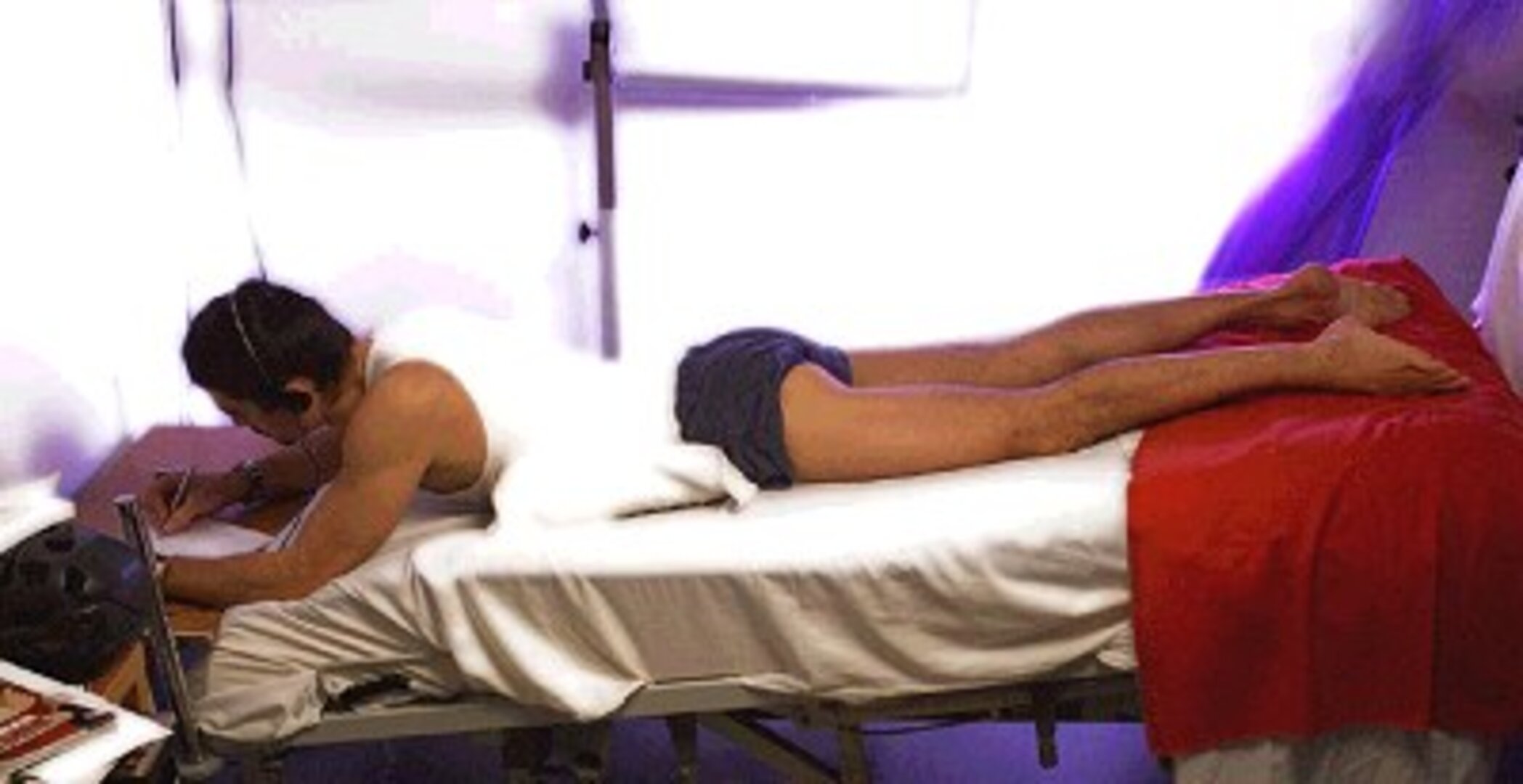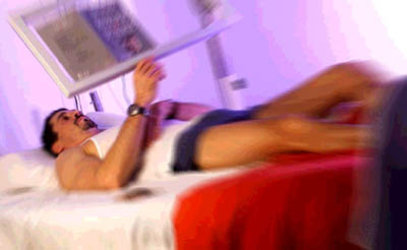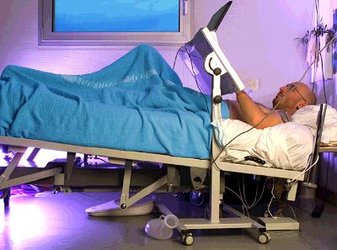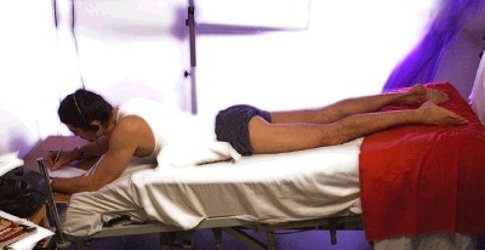Long-term bed rest study: second period 22 March - 27 July 2002
ESA PR 26-2002. Long-term exposure to the weightless environment of space has significant effects on astronaut physiology, notably changing the skeleton and muscle. To meet the requirements of long-stay missions aboard the International Space Station, the European (ESA), French (CNES) and Japanese (NASDA) space agencies are jointly conducting ground-based research to evaluate ways of countering the adverse effects.
Countermeasures are tested on the healthy subject using an experimental model reproducing the effects of weightlessness by sustained bed rest, i.e. lying in a minus 6° head-down tilted (HDT) position. Experimentation of this type is currently taking place at the MEDES Space Clinic in Toulouse, France.
The first study period ran from August to December 2001 with 14 volunteers participating; they are all being tested through to the end of the experiment. The results of their follow-up medical check-ups in January and March are satisfactory.
The second period started on 22 March and will end on 27 July 2002. Eleven volunteers have been selected this time. Like the first period, the study comprises a 15-day preparation phase, a three-month bed rest phase and a 15-day recovery phase.
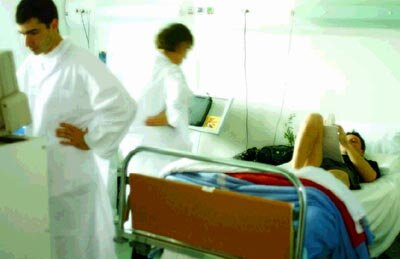
This is the most complex and the longest HDT bed rest study ever undertaken in Europe. During the campaign, experiments are also being conducted on the cardiovascular system, neuroendocrine system control, psychological behaviour and sleep-wake cycle changes. From the medical viewpoint, the study should improve our knowledge of the impact on bone mineral loss and muscle status atrophy and thus help prevent prolonged periods spent bed-ridden following accidents or long illness. It is also testing new techniques, such as measuring activity and movement using specially designed mattresses, which are very promising for preventing eschar and monitoring sleep disturbance.
The research protocols were proposed by European investigators in response to a call for proposals issued by ESA and also by NASDA investigators studying bone physiology. Ten teams of scientists representing around eighty researchers are participating.
As over the first period, the volunteers will undergo stress response tests, bone densitometry, magnetic resonance imaging and muscular biopsy. In-depth histological, biochemical and biological analysis will evaluate body cell and molecular-level response to the experimental living conditions.
The volunteers will also undergo special medical check-ups 45 days, 3 months, 6 months and 12 months after bed rest and then monitoring over three years.
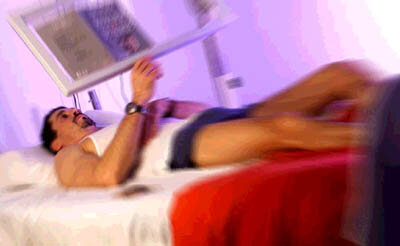
In their free time, the subjects may read, watch TV and use a computer. Continuous confinement means that they are not allowed to sit up, even at mealtimes. Over the three months, they have no direct contact with the outside world. They can regularly phone family and close friends.
To make the group as homogenous as possible and enable sound interpretation of the scientific results, it was decided to use male subjects aged 25 to 45. Of the 450 candidates, 11 were selected, 10 French and one Belgian, their ages ranging from 26 to 35. They have various professional backgrounds: managerial, IT and mobile telephony, biochemistry student, musician, catering management, etc.
Candidate selection and the study itself are being carried out by a team of doctors and psychologists from the French Institute for Space Medicine and Physiology. Based at Toulouse, MEDES has over ten years' experience in the area of HDT simulation. Since 1996, staff at its Space Clinic have taken part in six different bed rest studies.
For further information contact:
Benny Elmann-Larsen
ESA - Physiology experiment coordinator, HDT study project manager
Tel : +31 71 565 3322
Fax : +31 71 565 3661
E-mail : benny.elmann-larsen@esa.int


